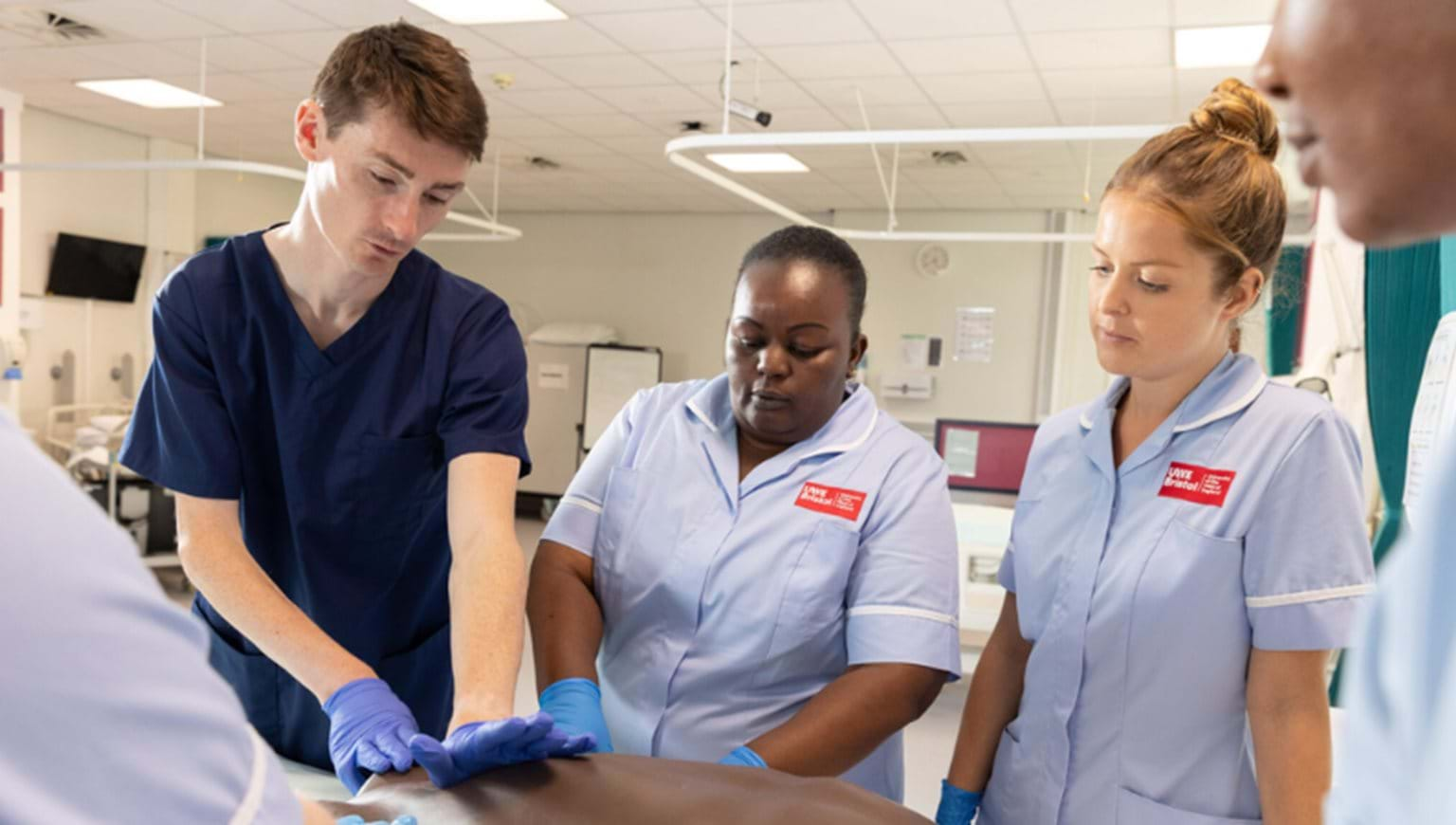News
The Bridge Between Classroom & On-The-Job Learning: SimWeek
18 September 2023
This week is the annual Healthcare Simulation Week, where we celebrate simulation’s impact in healthcare education.

A classroom of students, pen to paper, eager to understand how to handle the time sensitive situation of shoulder dystocia. Watching videos and reading textbooks will only take their learning so far, what they really need is to get hands on with the procedure.
With shoulder dystocia being so time critical, opportunities for students to practice with a professional can be difficult to orchestrate leaving some to learn on the job; less than ideal when the consequences of a mishandled case could affect an infant for the rest of its life.
Simulation builds a bridge between classroom learning and real patient care and creates a platform for students to practice skills from routine procedures, such as intravenous cannulation, to complex scenarios, such as shoulder dystocia management.
Healthcare Simulation week seeks to highlight the success of simulation in enhancing training and ultimately saving patient lives. A study using Limbs & Things’ PROMPT Flex Birthing Simulator found that outcomes of births with shoulder dystocia complications were significantly improved following simulation training with all maternity staff.[1]
Raising awareness of the positive outcomes of simulation encourages training programs across the world to incorporate hands-on training in a safe environment, elevating proficiency and confidence in medical professionals and decreasing risk for patients.
That’s why we encourage you to head to our social media and share with us your Limbs & Things simulation success stories this Healthcare Simulation Week! Use the hashtag #HCSimWeek23 to join in the conversation. Find us as Limbs & Things on LinkedIn, Facebook, and Twitter (@LimbsandThings1) and tag us in your posts.
[1] Draycott, T. J., J. F. Crofts, et al. (2008). "Improving Neonatal Outcome Through Practical Shoulder Dystocia Training." Obstet Gynecol 112(1): 14-20.


